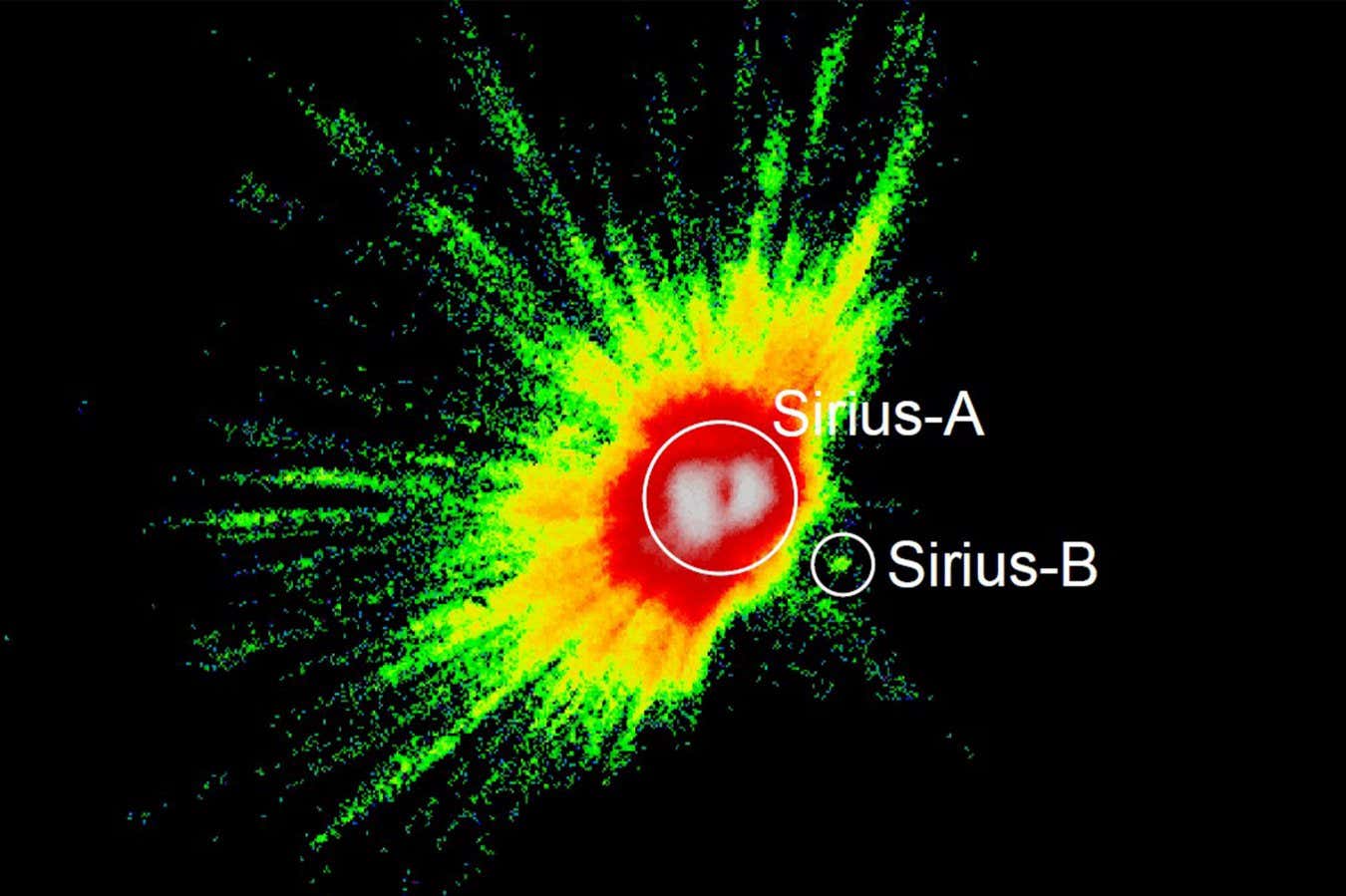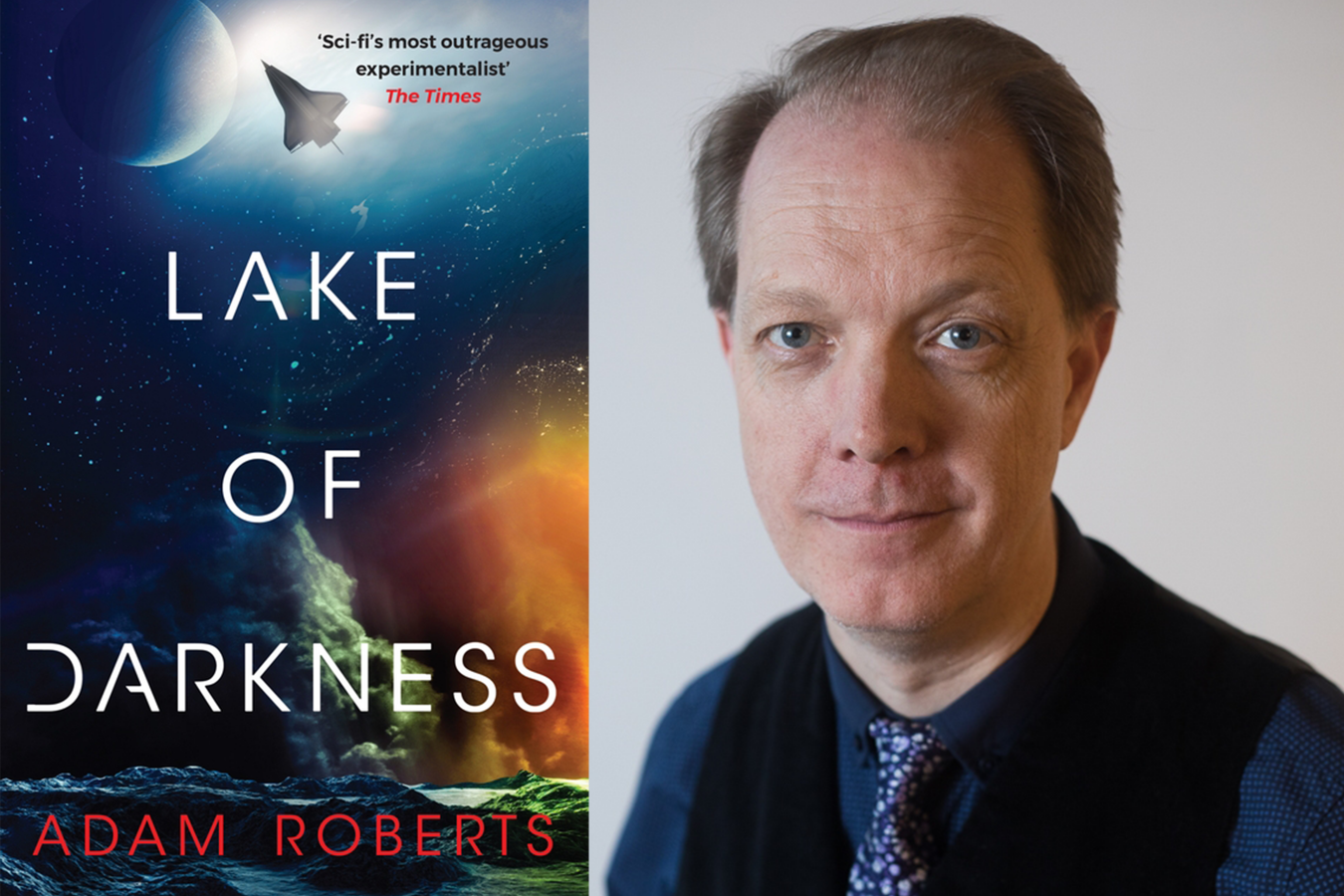Now Reading: Eye-Inspired Cameras to Revolutionize Astronomy
-
01
Eye-Inspired Cameras to Revolutionize Astronomy
Eye-Inspired Cameras to Revolutionize Astronomy

Fast Summary
- Neuromorphic Cameras: Cameras mimicking human eyesight, sampling pixels only when brightness changes; unlike traditional digital cameras that sample all pixels regularly.
- Key Advantages: These cameras consume less data, operate at higher frame rates, and capture both extremely bright and dim objects in the same image.They detect photons logarithmically rather than linearly.
- Astronomy Applications: Researchers at the Indian Institute of Science in Bengaluru installed these cameras on telescopes at the Aryabhatta Research Institute of Observational Sciences in Uttarakhand, india.
– Successfully captured fast-moving meteorites between Earth and the moon.
– Produced detailed images of Sirius A (brightest star) alongside Sirius B (10,000 times dimmer).
- Capabilities for Fast Motion Tracking: Neuromorphic cameras are particularly effective at tracking fast-moving objects without motion blur due to high frame rates (several kilohertz).
- Challenges:
– Lower resolution compared to charge-coupled devices (CCDs).
– Photon capture efficiency up to 78%, lower than CCD’s efficiency of up to 95%.
Indian Opinion Analysis
The collaboration between scientists from India’s renowned institutions highlights innovative advancements that could bolster astronomy globally. Neuromorphic technology showcases potential solutions for specific challenges like capturing dynamic astronomical phenomena or measuring brightness alongside motion with precision-making it an invaluable addition to astronomers’ toolkits.
For India, this development demonstrates effective utilization of its research infrastructure while contributing scientific tools internationally-a testament to its growing presence in cutting-edge scientific endeavors. However, as neuromorphic technologies currently face limitations such as lower resolution and photon detection efficiency compared to conventional sensors like CCDs, their usage will likely remain specialized rather than universal.
This progress also positions India as a key player in leveraging advanced imaging technologies for both domestic applications and global collaboration opportunities-a promising step towards further innovation-driven contributions on an international scale.


























